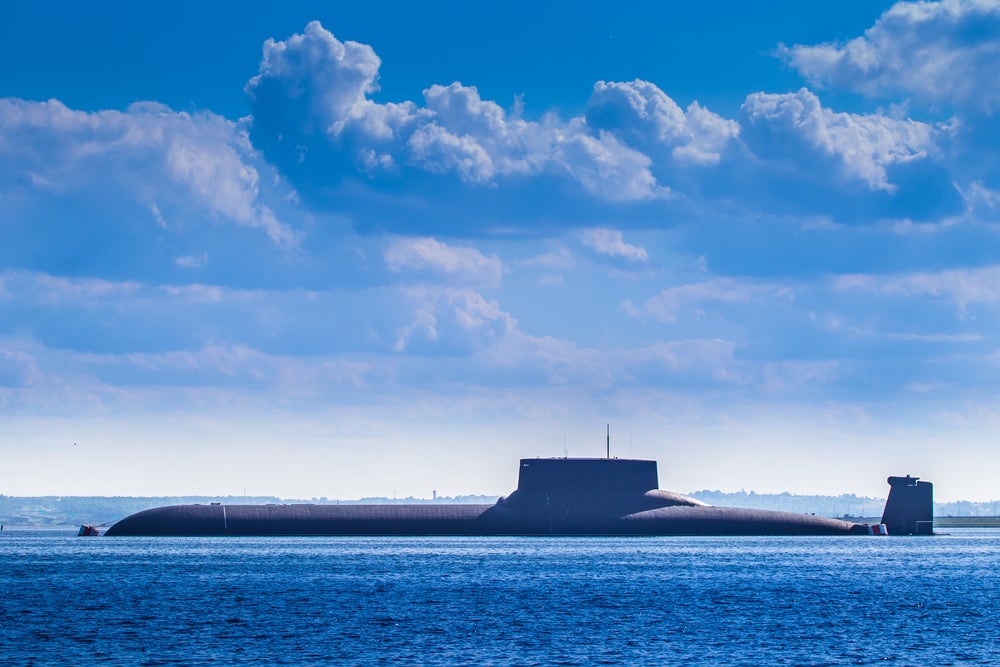Despite the protracted attrition on the front lines of Russia’s illegal invasion of Ukraine, a bright spot emerged for Ukrainian fighters in the spring of 2024 when the Russian Black Sea Fleet retreated.
While the previous six months had proved some of the most difficult for Ukrainian fighters, their ability to repeatedly damage and destroy Russian ships was just one more setback for Russian forces. In March 2024, Ukrainian leadership forced Russia’s Black Sea Fleet to withdraw from the battlefront after more than one-third of its fleet was seriously damaged or destroyed entirely.
The devastation suffered by the Russian Navy, caused in great part by uncrewed maritime vehicles (UMVs), has required military leaders across the globe to give additional thought to the way that UMVs will alter the future of naval war.
Perhaps the most important of all the UMVs currently deployed in the battlespace is the Magura V5 USV – a 5.5-metre small-USV (sUSV) weighing less than 1,000kg. The drone has an operational range of up to 800km and a top speed of 78km/h. The vessels damage and destroy Russian ships with their explosive payloads, which have a capacity of 200kg.
The deputy head of Ukraine’s military intelligence agency, Major-General Vadym Skibitskyi, has claimed that these domestically produced drones are the driving force behind Russia’s withdrawal to the port of Novorossiysk.
UMVs will change naval warfare
Although the Magura V5 has been critical for Ukrainian forces, it has not been the only weapon at their disposal. The domestically produced Sea Baby has also made a major impact in the Black Sea.
The Sea Baby USV, which delivers explosive payloads as large as 850kg, has been used to strike docked Russian ships. Given the weight of its payload, the Sea Baby is less manoeuvrable than the Magura V5, but with a maximum speed of 90km/h and an operational range of 1000km, the drone can penetrate far into Russian-occupied waters.
While the Sea Baby and other USVs have proved to be a major irritant for the Russian Sea Fleet, Russia has had some success using helicopters to detect and destroy these drones.
USVs are not the only systems that will impact the future of unmanned naval warfare. Unmanned Underwater Vehicles (UUVs) are a growing market, and since 2023 several navies have begun to pursue the development of armed UUV platforms, including Ukraine.
While no UUV system has played a major role in Russia’s illegal invasion of Ukraine, as such systems continue to develop they may be used to cut undersea cables, engage in autonomous anti-submarine warfare, and serve as logistical tools. As these technologies develop, military planners must develop strategies and invest in new technologies to prevent catastrophe.
Aerial attack is the biggest vulnerability for unmanned weaponry
Countering UMVs has proved difficult for the Russian Navy. They have been able to destroy some of the weaponry with which Ukraine has challenged them, particularly from the air.
Counter-unmanned technologies (C-UT), specifically those that address maritime platforms, are still in the early stages of development and deployment. Although some USVs have received air-defence missiles to counter Russian rotorcraft, aerial attacks remain the biggest vulnerability for unmanned weaponry, especially for the less manoeuvrable platforms.
Ukraine lacks the warships that have historically yielded navies success in the maritime domain, yet it has realised the growing role unmanned technologies can play in battle.
UMVs are proving themselves as a tool for asymmetric offensives at a time when the character of war is changing; the proliferation of manned-unmanned teaming and autonomous tools will continue. The Black Sea and the eastern front of the fighting in Ukraine have become a battle-torn crucible for developing and deploying new unmanned technologies that will play an even greater role in the future of war.
Now that Ukraine has revealed the strategic value of UMVs, more and more navies will invest in these platforms and counter-unmanned technologies.



